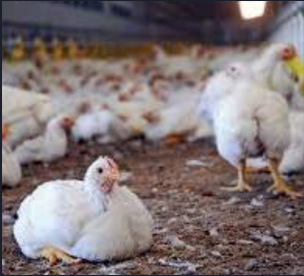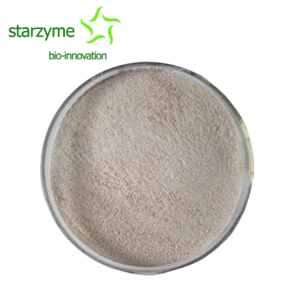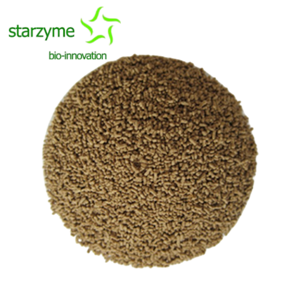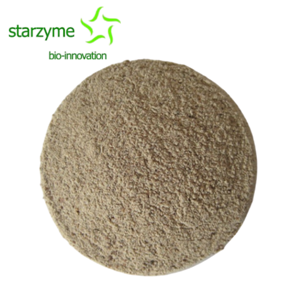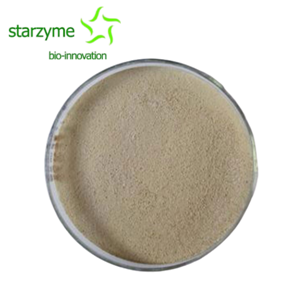How Much Do You Know About Enzyme Preparations?
Feed Enzyme Preparations are enzyme mixtures produced through microbial (bacterial, fungal, etc.) fermentation or biotechnology methods, used as feed additives to eliminate anti nutritional factors (such as phytic acid, β - glucan) in feed, release bound phosphorus and other nutrients, and supplement the insufficient source enzymes in young or sick animals (such as insufficient secretion of digestive enzymes in chicks), thereby improving feed digestibility, promoting animal absorption of nutrients such as starch and protein, reducing undigested phytic acid and phosphorus in feces, reducing excretion pollution, and also reducing intestinal content viscosity and improving feed palatability by decomposing large molecular substances.
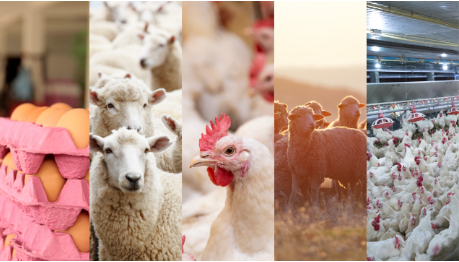
Enzyme Preparations for feed can be divided into the following five categories based on their mechanism of action:
1. Supplement endogenous enzyme deficiencies
Mechanism of action: Supplement endogenous digestive Enzyme Preparations that are insufficiently secreted by young or special stage animals.
Representative enzyme species: amylase, protease, lipase.
Function: Enzyme Preparations help break down starch (alpha amylase, amylase), protein (acidic/neutral/alkaline protease), and fat (lipase), improving the digestion rate of basic nutrients. For example, young broiler chickens require exogenous amylase to assist in breaking down starch in their diet due to incomplete digestive system development.
2. Enzyme Preparations eliminate anti nutritional factors
Mechanism of action: Degradation of non starch polysaccharides (NSP) and phytic acid and other anti nutritional factors in feed.
Representative enzyme species: β - glucanase, xylanase, phytase.
Function: β - glucanase and xylanase degrade soluble NSP in barley and wheat, reduce intestinal chyme viscosity, and alleviate nutrient absorption obstruction. Phytase decomposes phytate phosphorus, releasing phosphorus elements, reducing the chelating effect of phytic acid on mineral elements, and reducing fecal phosphorus pollution.
3. Destruction of plant cell structure
Mechanism of action: Decompose plant cell wall components and release intracellular nutrients.
Representative enzyme species: cellulase, pectinase, hemicellulase.
Function: By degrading cell wall structures such as cellulose and pectin, the intracellular components such as starch and protein are fully exposed, thereby improving feed utilization efficiency. For example, if gelatinase acts on the intercellular layer of plants, it releases cellular contents.
4. Improving intestinal environment
Mechanism of action: Enzyme Preparations regulate intestinal viscosity and microbial environment, enhance digestion and absorption.
Representative enzyme species: Xylanase, β - glucanase, and mannanase.
Function: Reduce intestinal stickiness caused by NSP (such as chicken manure sticking), promote chyme flow and nutrient diffusion, while inhibiting pathogen colonization.
5. Enzyme Preparations promote intestinal fermentation
Mechanism of action: Decompose insoluble fibers to provide fermentation substrates for gut microbiota.
Representative enzyme species: cellulase, hemicellulase.
Function: Convert cellulose and other substances into volatile fatty acids (VFA), providing additional energy to the host and improving intestinal health. For example, cellulase promotes fiber fermentation and improves energy utilization in the hindgut of broiler chickens.
